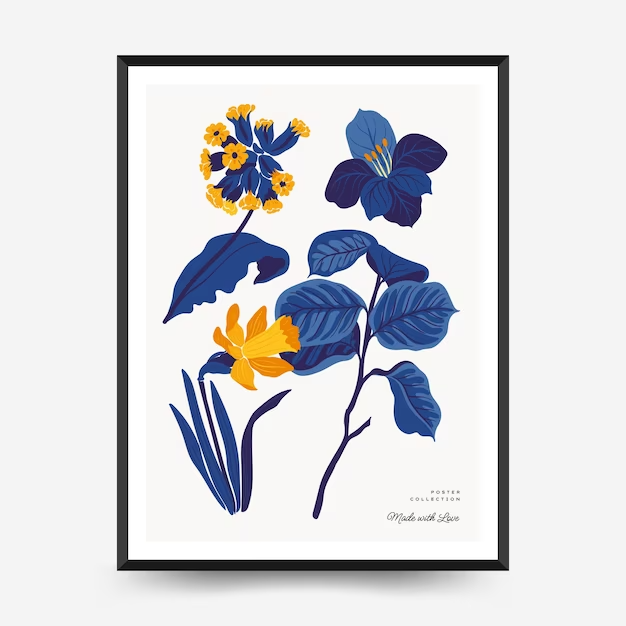Unveiling the Artistry How Giclee Prints Revolutionise Archival Media Printing

Giclee printing is a form of high-quality printing in which the printer squirts or sprays ink on the print surface to create the desired result. The term giclee itself is derived from the French word meaning to spray.
Giclee is among the best printing methods for getting high-quality prints. Not only do the colours appear richer and more true to the original, but the prints also last considerably longer than regular variants. Given such aspects, you can imagine why giclee prints are valuable for archival media printing. But before we look at that particular phenomenon, let’s look at its key aspects.
Resolution: To begin with, they come with a high resolution. Typically, giclee prints would have a resolution of at least 300 DPI or Dots per inch. Essentially, this means that the image would be made of more ink ‘dots’ so that even the fine details would stand out.
Printer: The type of printer used is also a key factor in producing a great result. Specialised printers should be used for this purpose. The same holds true for the ink- which should be pigment-based. (A regular inkjet printer would use a dye-based ink that would result in poorer quality of images).
Print medium: Last but not least, the medium on which the image is printed is another critical element in giclee prints. The most popular choices are archival papers and canvases. Archival papers are acid-free, so they would last without deteriorating over a long time and are ideal for giclee prints. Canvas also can retain pigment-based inks well, making the medium suitable for giclee prints.
How Giclee Prints Revolutionise Archival Media Printing?
Archival media printing refers to the mode of printing aimed at ‘archiving’ an image. This means preserving it for a long period of time.
In the public domain, there are pictures with political or socio-cultural significance that merit such preservation. War images are a case in point, and so are pictures of uprisings that have a wide-spanning effect on society. These images are historic documents with value to future generations in understanding the past, and to learn lessons from it, so that the worst instances from history are not repeated. Private institutions may wish to archive pictures of a dignitary’s visit to their premises as a matter of pride. There may be personal reasons to preserve pictures too.
But no matter why you rely on archival media printing, giclee prints are changing how people preserve and pass down images across generations. Provided that you choose the right medium for printing, and if you preserve the picture with reasonable care, giclee prints could last without fading or deterioration for decades.
More often than not, prints deteriorate over time due to the presence of acid in the print medium. By using high-quality archival papers for your giclee prints, you can circumvent this problem. It ensures that the images are spared the degrading effects that acid has on them.
The pigment-based inks used for Giclee prints also enable better colour stability over a long time compared with typical dye-based inks. As you may have noticed, prints also deteriorate and fade faster if they are frequently exposed to sunlight or harsh artificial light. You can get archival-quality papers with UV-resistant coating that would help preserve the prints from such harm, further increasing their longevity.
Preserving an image with great fidelity to its original over a long time is the crux of archival media. Giclee prints enable you to achieve that objective with terrific clarity and depth of image.
Leave a Reply
Your email address will not be published. Required fields are marked *


